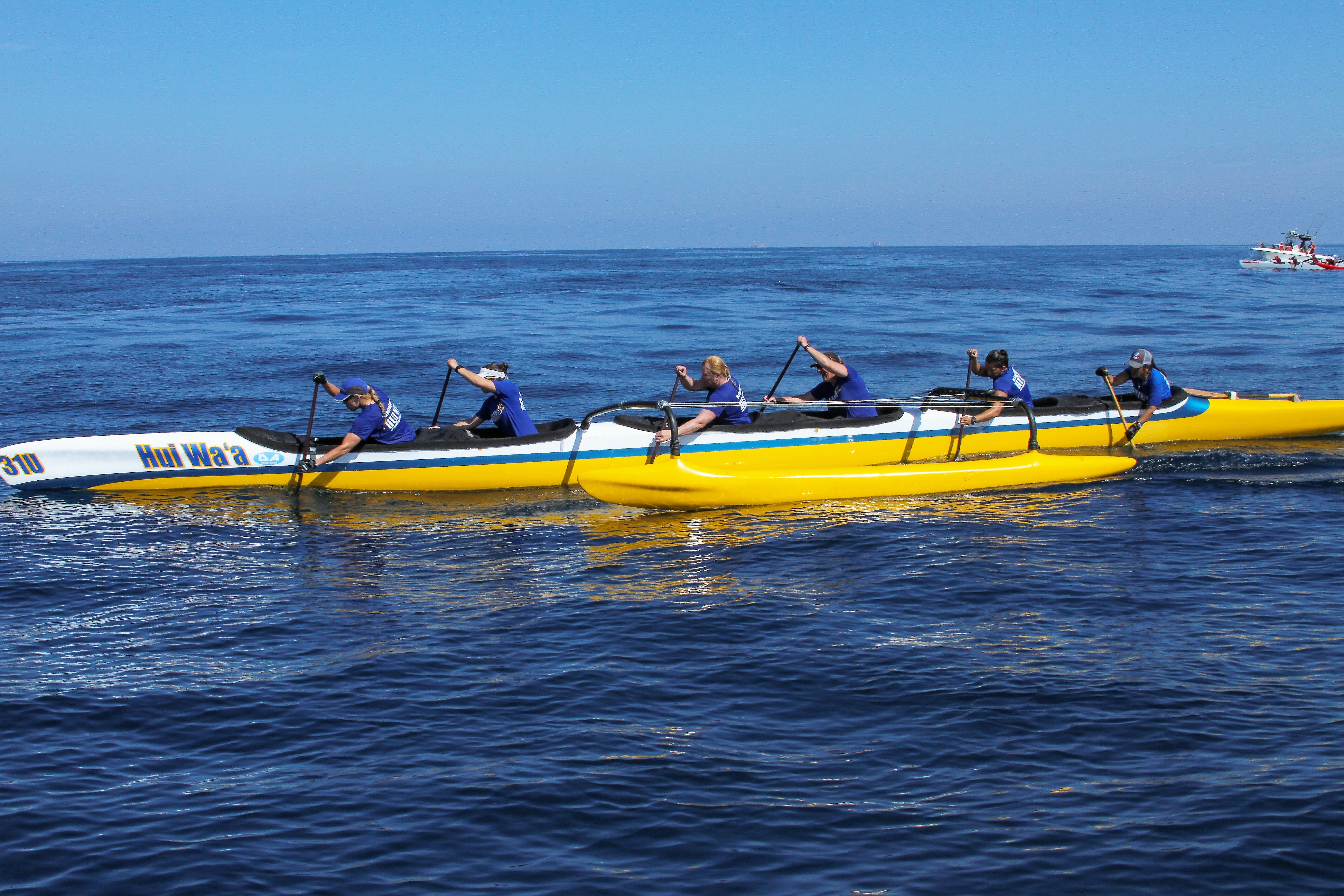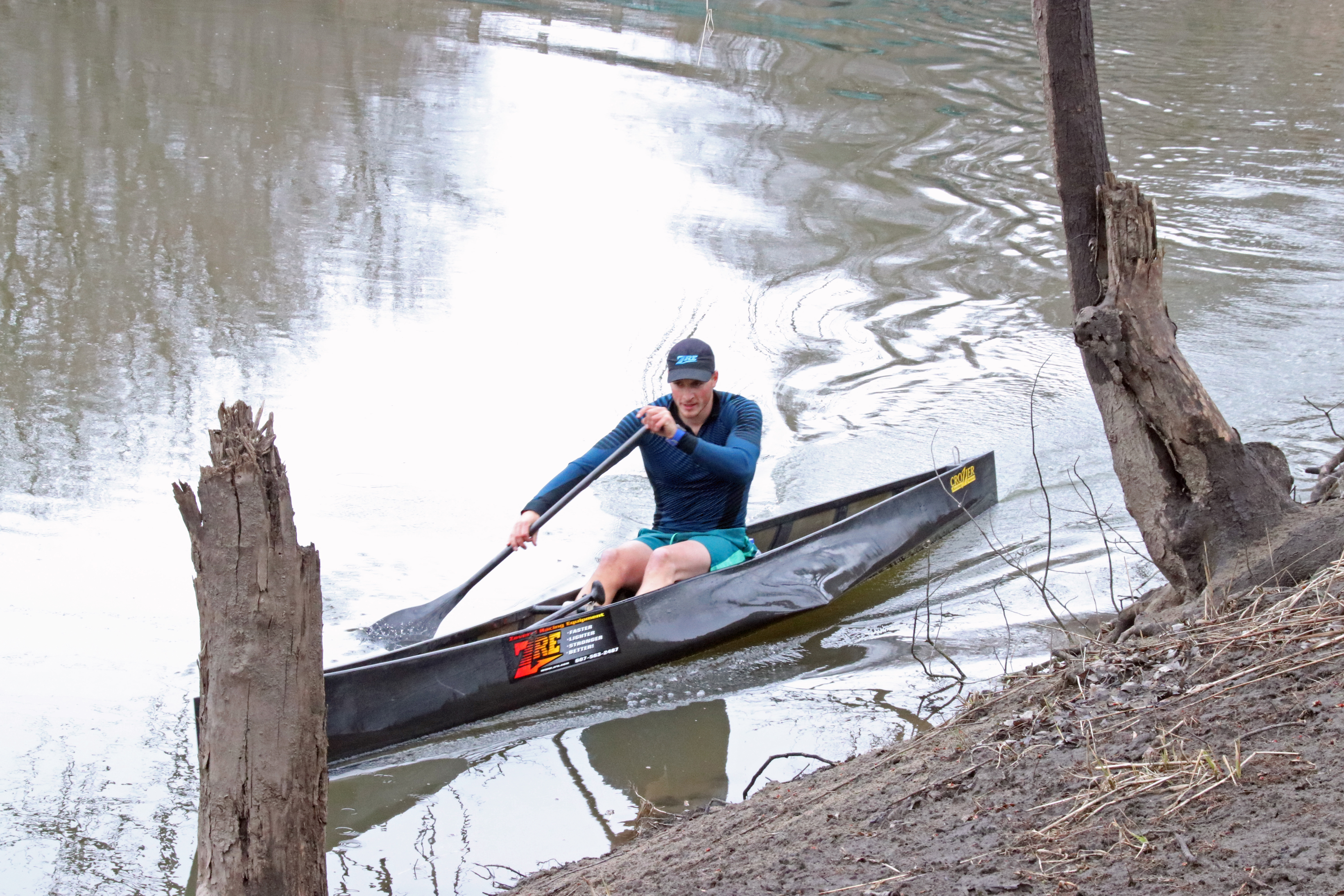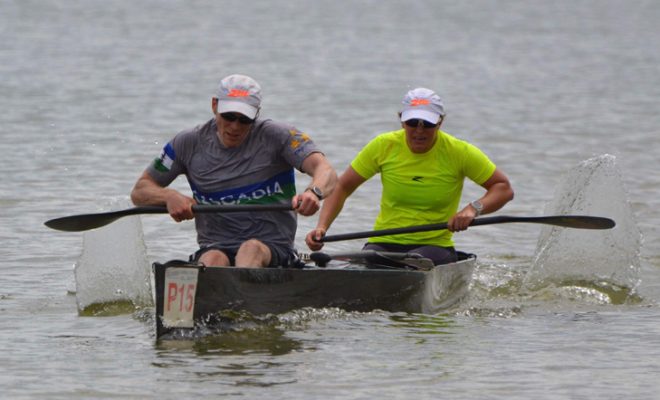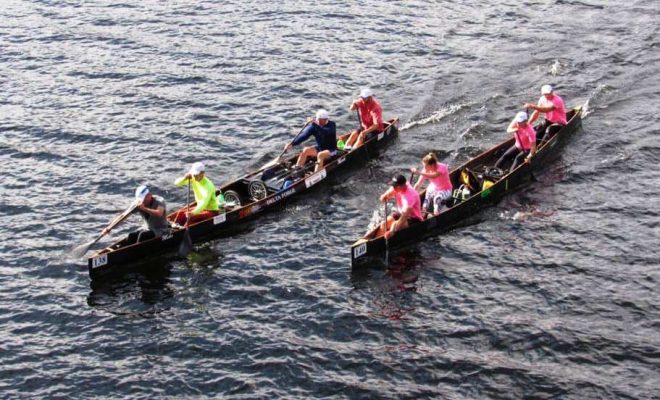Safety on the water: why wearing a life jacket isn’t everything
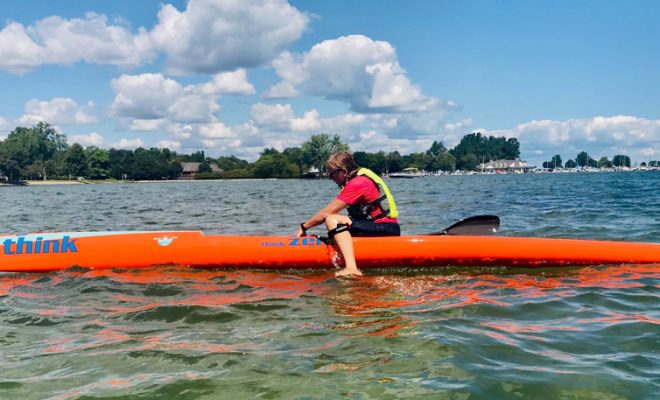
PADDLING
BY REBECCA BARTON-DAVIS
About once a week, I run across an article about a “kayaker rescued on the lake 1 mile from shore” or “canoe capsizes, 1 drowns” – these are serious accidents. If I scroll down to the comments section of the article, the first few comments will be “should have worn a life jacket,” or “I never would paddle without a life jacket – I can’t imagine someone else would.”
After reading the articles and comments, it isn’t always clear if the paddler was or wasn’t wearing a lifejacket.
However, what is clear is more safety precautions could have been taken.
Using a lifejacket doesn’t safeguard you against all types of water accidents. It’s a tool for safety but not a safety bubble which makes the paddler invincible to disaster. Claiming that wearing a lifejacket will cause paddlers to evade every accident is similar to saying that wearing a seatbelt was the most important tool for a driver who drives the highway in the wrong direction – other tools and information would allow the driver to make better decisions and avoid the risks of head-on collisions almost entirely.
By acknowledging what the lifejacket provides in terms of safety, we can begin to identify other areas we need to address to have a safe day on the water.
The obvious aim of a lifejacket is to assist with floatation. Secondarily, it limits the risk of water inhalation in the event you do capsize. It will also keep you warmer on a cold day. Finally, knowing you will float even if you flip should help to keep you calm and mentally present when you do find yourself in the water.
What a lifejacket doesn’t do is a much longer list.
First, it doesn’t assist you in righting your boat when it does flip. This means we need to practice flipping our boat over once it has water in it. Paddlers need to practice getting the water out.
For sit-on-top boats or paddleboards, this isn’t a concern, but for kayaks with cockpits and open canoes, this can be a huge limiting factor in what types of water can be enjoyed.
After the boat is righted and empty of water, can you get back into the boat, even if you can’t touch the bottom? Again, the lifejacket won’t necessarily assist with the process of getting out of the water and back into the boat – you need to be prepared to get in from wherever you paddle.
Are you comfortable to swim to shore if you can’t get in? A small river may be a manageable place to tip, but a larger lake or river may provide too much of a challenge. Knowing you can do these things will help reduce the risk of panic when they happen unexpectedly.
Other types of safety equipment can be pivotal in boater safety.
Using a leash on a paddleboard, surf ski or outrigger canoe means it can’t get too far away if you do fall off – being stranded in a large body of water with no canoe is an unnerving feeling.
Letting someone know where you are paddling and how long you expect to be out is a basic part of water safety, but it often goes undone, because paddle sports are generally safe.
Knowing the water conditions is the first step in creating a safe and fun-on-the-water experience. Is it early season with cold water temps? You may need to make use of a wet suit or dry suit. Is the water high and flowing fast? This is a larger risk for sweepers and keeper currents. If you are unsure of the water conditions or what to expect on the river, paddle upstream first so you have more time to observe the obstacles, and returning back to the car is easy.
Do you know where the take-outs are? Are there any low-head dams or other man-made dangers which aren’t well marked on your routes? Do you know if there are portages, and what their locations are? If on a lake, do you recognize the access you parked at to get back to your car? Make sure to pick out some identifying features of the launch before getting out of site to use as landmarks. If using a GPS, make sure to mark the take-out and put-in spots, so you can get to your car if you become disoriented.
Learning what tools you can use in different situations and what the risks are each time you are on the water will lead to better decision making. Preparing for the inevitable flips and other on-the-water hiccups will give you the confidence to handle the situation well.
As for myself, I don’t often wear a life jacket in my racing hull – although I am more likely to in rough waters or cold-weather conditions. I have one that is comfortable, and it’s part of my on-the-water safety plan, but it isn’t the tool I use first each day – that’s ok.
Knowing my ability, experience, risks and fatigue levels are pivotal in my decision making. Paddlesports are safer than most activities we do each day, but make sure to take the time to prepare for a safe outing and at least pack your life jacket just in case.


